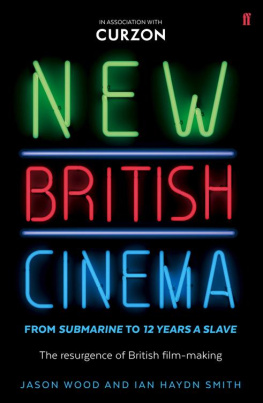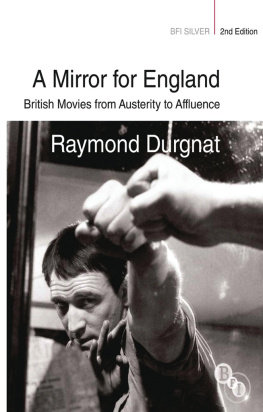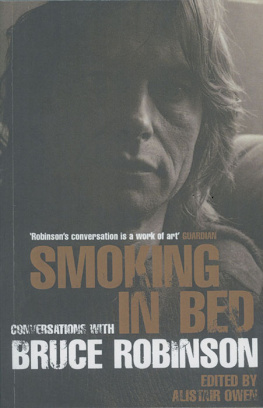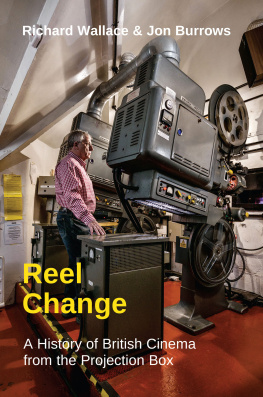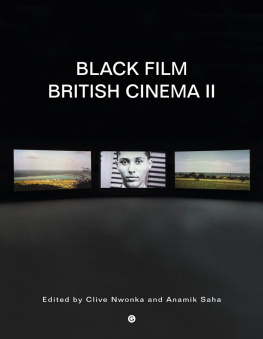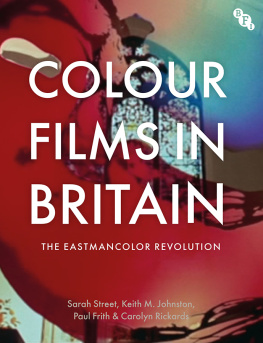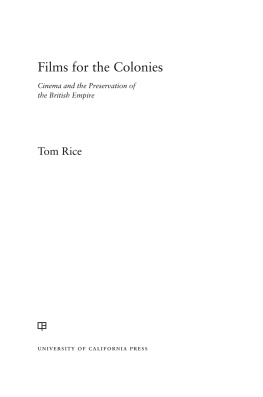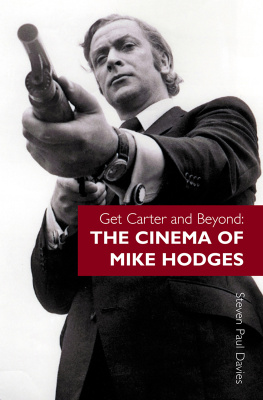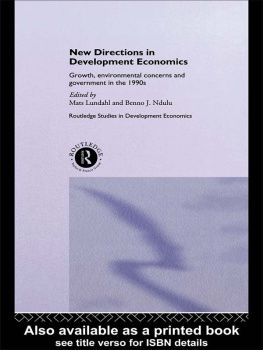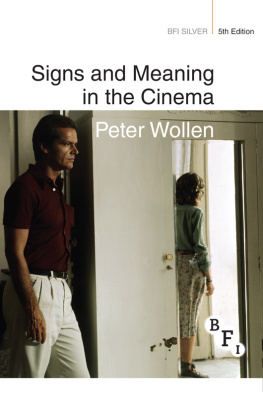Each and every year in the UK, around the time of a major film festival such as Berlin, Cannes, Venice or Toronto, British arts correspondents feel compelled to take the pulse of our national cinema. The number of British films selected for these cultural Nurembergs, as J. G. Ballard described Cannes, is monitored and assessed. If there is a crop of home-grown titles, it is because British cinema is in rude health; if there are only a few, it is ailing.
An article by Tom Lamont in the Observer (British Film on the Crest of a New Wave, 15 September 2013) highlighted the apparent sense of woe when only two films out of seventy-plus features were selected for Cannes 2013. However, Lamont noted that the tone changed when Clio Barnards The Selfish Giant and Paul Wrights debut feature For Those in Peril were among the most celebrated films presented. Barnards follow-up to The Arbor proved to be one of the best reviewed films of the year and also garnered significant UK audiences, achieving the feat of marrying critical acclaim with commercial success. Jonathan Glazers Under the Skin, an arresting look at Britain through alien eyes, was booed in Venice but received a kinder reception in Toronto. A genuinely significant artistic vision, it is a bold and striking work. Toronto also welcomed Richard Ayoades The Double, a Dostoevsky adaptation which couples Terry Gilliam with Aki Kaurismki via Franz Kafka to impressive effect.
It is important for the press to write about the success of UK-produced films at these festivals, since it is not only an opportunity for British cinema to enjoy the international spotlight but also helps export sales. Articles like Lamonts tacitly enforce the unpalatable truth that while film is an art it is also a business that needs to compete commercially. Andrew Pulvers Guardian article British Cinemas Golden Age Is Now (13 October 2011) suggested that British cinemas strength lies in the depth and variety of its offering (something this book is keen to support), but also made the point that box-office success is what enables the British film industry to profit in economic and aesthetic terms. All the films mentioned above achieved a degree of commercial success on release in UK cinemas (The Selfish Giant grossing 318,875, Under the Skin 1.2 million, The Double 785,985), with only For Those in Peril failing to match critical acclaim with a paying audience (a disappointing gross profit of 22,804). Does the fact that fewer people saw Paul Wrights film on a cinema screen diminish its achievement? Of course not. What it demonstrates is that no matter how targeted the release some titles have limited appeal, perhaps owing to subject matter, a formal approach or that they were made and released on limited means.
Analysing British cinema can be like comparing apples with pears. Standing tall among the titles mentioned so far in terms of critical and commercial achievements is Steve McQueens 12 Years a Slave. This multi-award-winning adaptation of Solomon Northups memoir grossed over 20 million in the UK alone and became the British cinema success story of the year. What is perhaps most interesting about McQueens journey from Hunger to Shame and then 12 Years a Slave is that the director is a Turner Prize-winning artist whose early forays into cinema were cine-literate as well as experimental. Although his accomplishment is unparalleled, McQueen is emblematic of the current crop of British film-makers working across multimedia platforms whose films could be classified under the umbrella term Artists Cinema. This category also includes Andrew Ktting, Ben Rivers, Iain Forsyth and Jane Pollard.
Like other national film industries, British cinema is one of peaks and troughs, with both established and emerging voices susceptible to economic and cultural factors. However, the vibrancy and diversity of current British film-making, along with a vital support network, enables it to reach the screen and, on occasion, be enthusiastically received by audiences. In an industry that is fast changing with on demand and digital downloading there is a genuine collective desire to empower British film-makers. The radically overhauled BFI Film Fund has played its part in this, as have schemes such as Microwave and organisations including the consistently innovative Film4 and the BBC. Independent producers, distributors, festivals and cinema programmers are also on message in regard to giving British cinema the chance to flourish.
New British Cinema analyses the current state of our contemporary national cinema, filtering many contributing factors through the voices of the directors who are actively involved in making it. An intensive editorial process has resulted in extended interviews with film-makers both on the margins and at the heart of what is happening in British cinema today. There are established figures here whose work and methodology will be familiar and others who have only recently emerged, such as Hong Khaou. Each of them has an interesting story to tell and an important role to play in the continuing evolution of cinema in Britain. Although we made every effort to include all the key directors, some politely declined, preferring to let their work speak for itself.
Jason Wood and Ian Haydn Smith
Ask people why they come to Curzon venues and youll get a varied response: atmosphere, comfort, location and, for those who like a drink, the bar. But theres one constant above all others: the film programme. Were incredibly lucky to have a loyal audience who trust us implicitly and come week in, week out to watch films. Curzon is known as a place to discover other worlds and cultures, or see a different perspective. Its also a place where the drinks and conversation flow in equal measure, where cinema is a truly memorable experience for a broad range of people. Those curious about the world and hungry for everything life offers might not be film aficionados they might not even know exactly whats on at Curzon, but they do know what theyll get. We believe theres always something to take away with you, always a surprise, always a conversation point, and always a reason to come back.
Why are we fortunate enough to be trusted? One reason is that weve been doing what we do for a very long time. Weve championed the new and been a home for film-makers from foreign lands with something to say. Unexpected sensations, sure-fire hits and the odd spectacular flop have all featured along the way. But perhaps its the same restless, questioning spirit that inspired Harold Wingate, our founder, to import unknown films during the post-war period that still drives the business today. As a company that buys, distributes and shows films, were different from other cinema chains.
However, cinema is changing, and so are audiences. We launched our at home service in 2007 and all sorts of people were up in arms about it. Films at home on the same day as theyre released in the cinema? But thats against everything cinema stands for, surely? Nonetheless, Curzon Home Cinema now reaches over three million homes and is growing fast.
The Curzon (as it was then known, long before other venues came along) opened in Mayfair in 1934. It was taken over by the Wingate family in 1940. In contrast to the picture palaces typical of that era, the Curzon had an almost austere interior, in keeping perhaps with the seriousness with which it approached film. During the war it was exceptionally busy somewhere warm at a time of unheated homes and, like other entertainment venues, a place for Londons itinerant population of young men and women in uniform to meet for dates. The running of the cinema was very much a family affair, with Mrs Wingate fluent in French and taking courses to improve her kitchen Italian translating and subtitling the films imported by her husband.

